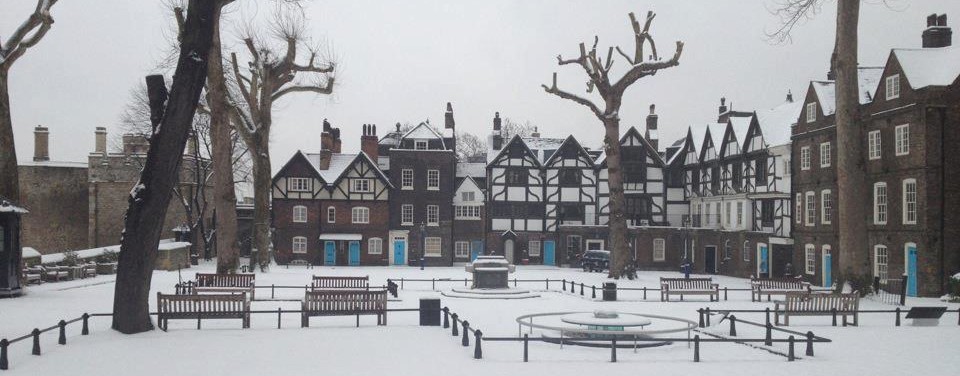Yeoman Warder, Edmond Halley, (Although the Yeoman Warder records show his name as Edmond Hawley, might be spelling) the father of the astronomer Halley. The warder was murdered in 1684. In a statement in 1689 it implies that some people thought that his death was in some way related to the death of the Earl of Essex in the Tower on 13 july 1683. Halley was not a guard of Essex but a Major Hawley was.
We hold no records on who was on duty that day, but it is said that Yeoman Warder Halley is likley to have been on duty in the Tower on 13 July 1683 in attendance of the Duke of York who was in the Tower that day with Charles II.
Our records show that Arthur CAPEL (Spelt Capell)21st Earl of Essex, was committed to the Gentleman Gaolers House, number 5 Tower Green on the 10th July 1683 , under suspicion of being involved in the Rye House plot to murder Charles II and James the Duke of York, as they returned from Newmarket Races.
The Earl was found three days later, with his throat cut, and buried in the Chapel Royal of St Peter Ad Vincular (Strange that a suicide case was buried in consecrated ground)
I have a report of a Yeoman Warder examining the death records in the Chapel, and he reported that there is a blot of ink on the entry and so only July can be seen. also the bottom of the page a small strip was torn off, so the entry only reads
“Arthur, Earl of Essex Cutt his own ..”
Lawrence Braddon., Gent of the Middle Temple states himself ‘upwards of 5 years persecuted or imprisoned for endeavouring to discover this murther the third day after the same was committed’
The Dictionary of National Biography entry for Braddon says:-
“ When the Earl of Essex died in the Tower in 1683, Braddon adopted the belief that he had been murdered, and worked actively to collect sufficient evidence to prove the murder. He set on foot inquiries on the subject in London, and when a rumour reached him that the news of the earl’s death was known at Marlborough on the very day of, if not before, the occurrence, he posted off thither.
When his action became known at court, he was arrested and put under restraint. For a time he was let out on bail, but on 7 Feb. 1683-4 he was tried with Mr. Hugh Speke at the king’s bench on the accusation of conspiring to spread the belief that the Earl of Essex was murdered by some persons about him, and of endeavouring to suborn witnesses to testify the same.
Braddon was found guilty on all the counts, but Speke was acquitted of the latter charge. The one was fined 1,000. and the other 2,000., with sureties for good behaviour during their lives. Braddon remained in prison until the landing of William III, when he was liberated. “
His death was attributed, quite groundlessly, to Charles and James, and the evidence points clearly if not conclusively to suicide, his motive being possibly to prevent an attainder and preserve his estate for his family. Gilbert Burnet, who knew Essex well, accepted that his death was suicide, since Essex had often spoken of suicide as an honourable course. Lord Ailesbury wrote: “The Earl asked very coldly for a razor to cut his nails, and being accustomed so to do gave no manner of suspicion. He went into a small closet,” where his servant afterward found him “dead and wallowing in blood”… the assumption being that the reason he “cutt his own throat with a knife” was because of his knowledge of the Rye House Plot. The King, who seemed genuinely distressed at the news of his death, remarked that Essex should have known that he would spare him, “for I owe him a life”, Essex’s father having died in the service of Charles I.
Investigations into the suicide/murder were still in progress on 23
January 1688-9 when the Gentleman Gaoler, (Name show as Major), a Thomas Hawley and Yeoman Warder Thomas Russell were all arrested and held as prisoners, although the Gentleman Gaoler was released and continued his job until 1697.

Leave a reply to Yeoman Warder Halley